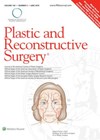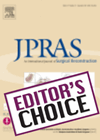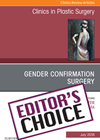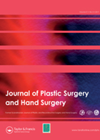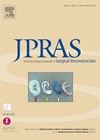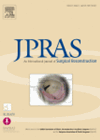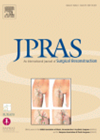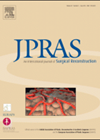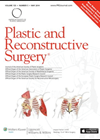
Journal Reviews
A new autologous flap option for breast reconstruction
The authors of this paper present the first meaningful series utilising the lateral thigh perforator flap for breast construction. Eight patients had delayed unilateral reconstruction, each with two stacked flaps. Anastamoses were performed antegrade and retrograde to one internal mammary...
Plastic surgery trainees’ exposure to cosmetic surgery during training
Cosmetic surgery is an essential component of plastic surgery training and is required in order to CCT. However, the training opportunities in UK are limited. The current operative requirements for plastic surgery trainees are 100 procedures during specialist training, either...
Transgender breast surgery
Most plastic surgeons working outside specialist centres for gender affirmation surgery will have a number of patients within their population wishing to undergo their breast surgery more locally. Surgery for this small minority is informed largely by experience in the...
Effect of skin expansion on acellular dermis
Acellular dermis is widely used in prosthesis based breast reconstruction, however, there is a lack of data concerning its expandability and related skin changes. This experimental study in rats aimed to determine whether acellular dermis could be expanded and whether...
Contralateral breast symmetrisation in unilateral DIEP flap breast reconstruction
This paper is focused on whether an immediate breast symmetrisation procedure is beneficial when a patient undergoes contralateral breast resection plus an immediate free flap reconstruction for breast cancer. Free abdominal perforator flaps (DIEP) generally offer the highest postoperative satisfaction...
Systematic review of PUC compared with textured silicone implants
Poly-urethane coated (PUC) implants have recently been back in the spotlight following the halt on Silimed implant use in Europe and this review is timely in assessing the perceived benefits of these prostheses. This review was adherent to the PRISMA...
PIP experience in the United Kingdom
This interesting study had three end-points. The accuracy of operative and radiological findings on explantation of PIP implants following the PIP scandal. The volume between intact and ruptured implants, with the hypothesis larger implants were more likely to rupture, and...
ERAS in microvascular breast reconstruction
Enhanced recovery after surgery (ERAS) is an important concept in today’s accountancy dominated hospitals, effectively decreasing the length of stay (LOS) of postoperative patients. This is something that surgeons will have to consider – or have protocols foisted upon them...
Abdominal problems following breast reconstruction using lower abdominal flaps
Abdominal problems following transverse rectus abdominis myocutaneous (TRAM) and deep inferior epigastric perforators (DIEP) flaps are well recognised in these otherwise excellent methods of breast reconstruction. The authors reviewed 399 patients, of whom 57.7% had surgical complications although most of...
Additional venous anastomoses to safeguard DIEP flaps
That DIEP flaps can be troublesome is not news and many descriptions exist trying to circumvent these problems. The most common problem is venous congestion in the flap and this paper presents an ingenious method of anticipating and forestalling such...
Oestrogen receptors in breast capsules – experimental findings
This study from Rome, on humans, is stated by the authors to be not definitive and further work is required before any treatment can be recommended. But careful analysis of oestrogen receptors in breast capsules and the number of fibroblasts...
Use of acellular dermal matrices in revisional breast reconstruction
In this study the authors present a review of their experience in using Acellular Dermal Matrix (AlloDerm) in revision breast reconstruction procedures. They retrospectively reviewed all revisional breast reconstruction cases over a five-year period in which AlloDerm had been utilised....

